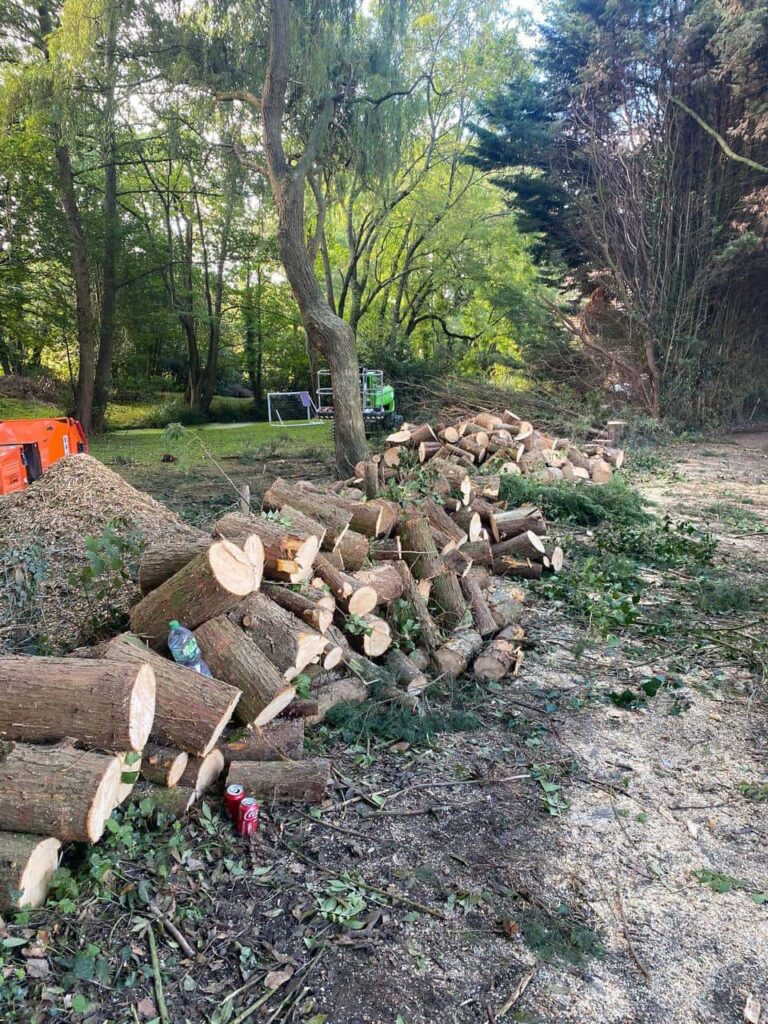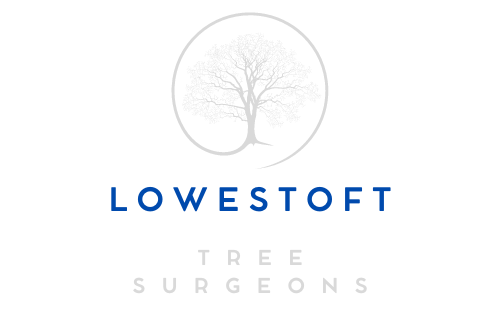Can You Really Kill a Tree With One Bad Pruning Cut?
Introduction
Tree pruning may seem straightforward on the surface, but in reality, it’s a skilled task that requires precision, timing, and a solid understanding of tree biology. At Lowestoft Tree Surgeons, we’ve seen firsthand the long-term impact that incorrect pruning can have—and yes, in some cases, a single bad cut really can lead to the decline or even death of a tree.
In this article, we explore how improper pruning affects tree health, what mistakes to avoid, and why professional care is essential for keeping your trees in peak condition. If you’re a homeowner in Lowestoft or anywhere across Suffolk, this is advice worth knowing before you pick up the saw.
How One Bad Cut Can Cause Lasting Damage
Trees, like any living organism, have systems in place to heal and defend themselves. But when pruning is done incorrectly—especially with large or poorly placed cuts—it can overwhelm the tree’s natural defences. This leaves it vulnerable to disease, decay, and environmental stress.
Certain mistakes can interfere with the way a tree compartmentalises wounds, exposes vital inner tissues, or removes too much live growth in one go—all of which can disrupt the tree’s ability to survive.
Common pruning mistakes that can lead to decline:
- Cutting too close to the trunk (flush cuts), removing the protective branch collar and exposing the tree to infection
- Leaving long stubs (known as “coat hooks”) that fail to seal and become entry points for decay
- Over-pruning or topping, which removes too much foliage and starves the tree of energy
- Improper timing, such as cutting during periods of active growth or frost stress
- Using blunt or dirty tools, which can tear bark or spread disease
The Role of the Branch Collar
One of the most critical elements in proper pruning is understanding the branch collar—the slightly swollen area where a branch connects to the trunk or a larger limb. This part of the tree contains cells that are vital for sealing off wounds and initiating the natural healing process.
When this collar is damaged or removed, the tree may not be able to seal the wound effectively, leaving it exposed to fungal infections, rot, and pests. Over time, this can create hollowing within the trunk or limbs and eventually lead to structural failure.
Stress Adds Up Over Time
A single bad cut may not kill a healthy, established tree overnight. But in combination with other stress factors—drought, pests, root damage or age—it can become the tipping point. We often see trees in Lowestoft that have suffered repeated poor pruning over the years, leading to weak branch structures, poor growth patterns, or internal decay that isn’t visible from the outside.
Trees don’t bounce back from damage in the way smaller plants do. Instead, problems tend to compound over time until they become irreversible. That’s why getting it right from the start is so important.
The Benefits of Professional Tree Care
At Lowestoft Tree Surgeons, we follow best practices for pruning that align with the health and structure of each individual tree. Our team knows how to make precise cuts that support long-term growth and avoid stress or damage.
When pruning is done correctly, it will:
- Improve the tree’s structure and stability
- Encourage healthy, balanced growth
- Remove dead or diseased wood without compromising vitality
- Enhance light penetration and air circulation
- Support the tree’s ability to seal and heal wounds
Every tree is different, and knowing when, where and how to prune makes all the difference. We assess species type, age, condition, and environment to deliver a tailored approach that maintains health while achieving practical and aesthetic goals.
Conclusion
Yes, it’s entirely possible to kill a tree—or at the very least significantly weaken it—with a single bad pruning cut. What may seem like a quick tidy-up job can, if done incorrectly, set the stage for long-term decline, especially in older or stressed trees.
That’s why it pays to leave pruning to the professionals. At Lowestoft Tree Surgeons, we’re committed to safeguarding the health of your trees while helping you manage them safely and attractively. If you have a tree that needs attention, or you’re concerned about past pruning damage, get in touch with our experienced team today. Let’s make sure your trees remain strong, healthy, and a valuable part of your landscape for years to come.
Call us on: 01502 441 299
Click here to find out more about Lowestoft Tree Surgeons
Click here to complete our contact form and see how we can help with your tree needs.

